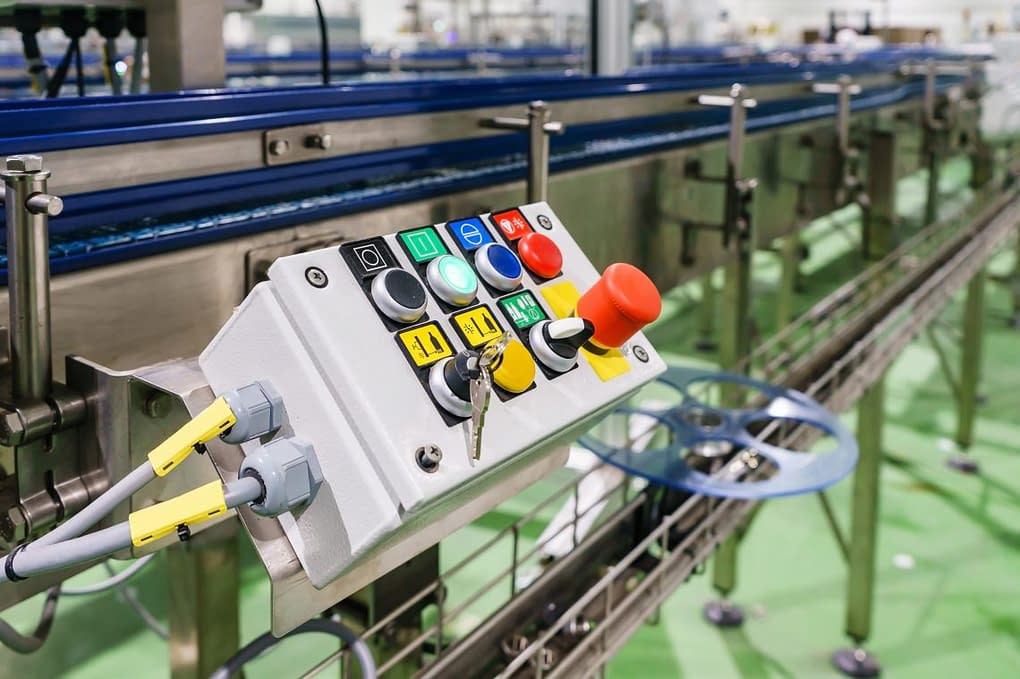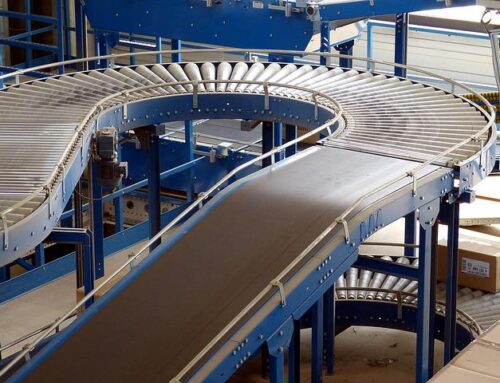In today’s fast-paced industrial landscape, conveyor systems play a pivotal role in streamlining material handling processes. Whether it’s in manufacturing plants, distribution centres or warehouses, conveyors are essential for efficient production and logistics. However, with great efficiency comes greater responsibility. Ensuring the safety of your workforce should be a top priority when it comes to conveyor systems. In this post, we will explore essential conveyor safety guidelines that will help protect your employees and maintain a productive work environment.
The Importance of Conveyor Safety
Before diving into the specifics of conveyor safety, it’s crucial to understand why it matters. Safety isn’t just a legal requirement; it’s more of a moral obligation. Your workforce is your most valuable asset and their wellbeing directly affects the success of your operations. Investing in conveyor safety not only prevents accidents and injuries but also boosts employee morale and overall productivity.
Regular Maintenance
Like any other machinery, conveyors require regular maintenance to function correctly and safely. Create a maintenance schedule and stick to it. Ensure that all moving parts are properly lubricated, and any worn-out components are promptly replaced. Regular inspections can identify potential issues before they become major problems.
Training and Education
Properly trained employees are your first line of defence against conveyor-related accidents. Provide comprehensive training programs that cover the safe operation and maintenance of conveyor systems. Ensure that all employees, including new hires, are well-versed in safety protocols.
Emergency Stop Controls
Every conveyor system should be equipped with easily accessible emergency stop controls. These controls should be clearly marked and tested regularly to ensure they function correctly. In the event of an emergency or a malfunction, quick access to these controls can prevent accidents.
Guarding
Install guarding around conveyor systems to prevent employees from coming into contact with moving parts. This includes safety guards for belts, chains, gears and other potentially hazardous components. Regularly inspect and maintain these guards to ensure they are in good condition.
Housekeeping
A clean and organised workspace is a cornerstone of workplace safety. Encourage employees to maintain a clutter-free environment around conveyor systems, ensuring that the area is free from debris and spills. Implementing effective housekeeping practices can significantly reduce the risk of slips, trips, and falls, thereby minimising the likelihood of accidents and fostering a safer working environment.
Proper Clothing and Personal Protective Equipment (PPE)
Enforce the use of appropriate clothing and PPE when working near conveyors. This may include safety glasses, hard hats, gloves and hearing protection. The type of PPE required will depend on the specific conveyor system and the tasks being performed.
Load Limits and Weight Distribution
Educate employees on the load limits and weight distribution guidelines specific to the conveyor system. Overloading conveyors can lead to equipment breakdowns and pose significant safety risks. By ensuring proper load distribution, you can prevent uneven stress on the equipment, minimise the risk of malfunctions, and promote overall conveyor safety.
Regular Inspections
Conducting regular inspections of conveyor systems is a crucial aspect of workplace safety. These inspections should be carried out at scheduled intervals to identify any signs of wear and tear, misalignments, or other potential hazards that could compromise the safety of workers. By proactively addressing these issues, you can prevent accidents and maintain a safe working environment.
Safety Signage and Labels
Employ clear and easily comprehensible signage and labels to effectively communicate safety instructions and warnings. These visual reminders should be strategically positioned along the conveyor system, serving as constant prompts for employees to adhere to safety protocols. By implementing a robust system of safety signage and labels, you can enhance workplace safety awareness, minimise the risk of accidents, and foster a culture of safety-conscious behaviour.
Emergency Response Plan
Establish a well-structured emergency response plan that clearly outlines the procedures to be followed in the event of an accident or malfunction involving the conveyor system. Ensure that all employees are thoroughly familiarised with the plan and understand their roles and responsibilities in responding to various emergency scenarios. By proactively preparing for potential incidents, you can effectively minimise the impact of emergencies, protect the safety of your workforce, and maintain operational continuity.
Conveyor safety is not something to be taken lightly. Implementing these guidelines will not only protect your workforce but also contribute to a more efficient and productive work environment. Remember, safety is an ongoing commitment and regular training and maintenance are key to preventing accidents and injuries. By prioritising conveyor safety, you’re not only complying with regulations but also showing that you value the wellbeing of your employees. In the long run, a safe workplace is a successful workplace.
If you are interested in seeking a suitable conveyor system for your production line now that you are fully prepared for implementing safety guidelines then head over to the LVP Conveyor Systems website. Here you will learn about our available conveyor solutions and be able to get in contact to secure your preferred set up. Simply give us a call on + 353 (1) 8643838, email us at [email protected] or drop us a message via our online contact form.



